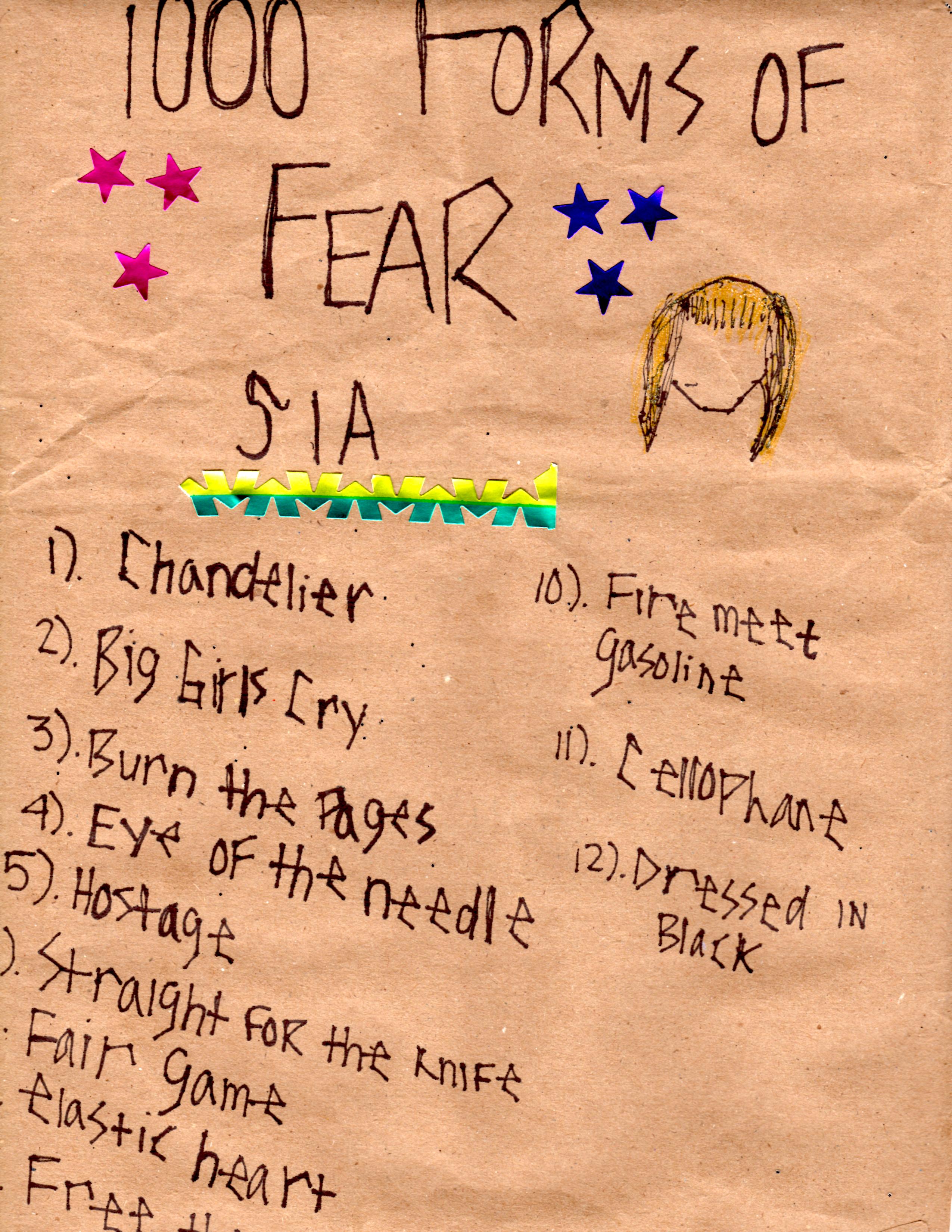A review of Yvonne Rainer: Dance Works
Raven Row – 56 Artillery Lane London E1 7LS, United Kingdom
11 July to 10 August 2014

Diagonal (part of Terrain), 1963
Dancers in training with Pat Catterson and Yvonne Rainer, July 2014
Photo: Eva Herzog
The sounds of New York car horns in the 1960s are audible beneath the uninflected, steady narration of Yvonne Rainer delivering instructions for movement. A set of chairs faces the window where the audience is able to sit and listen. Parts of the Body (instructions for a studio class cassette tape recorded in New York City Studio, 132 Greene St, NYC) is reminiscent of Feldenkrais or another movement therapy, except there are chairs and no relaxed bodies on the floor. This is a studio class run by Rainer, who often blends process with product. The sound of the cassette tape clicks off and I wonder if I have just participated in a dance performance, by listening to instructions for body movement and awareness while sitting still. It is obvious that the tape was recorded just before the entry of the dancers, setting up a curious juxtaposition of the absence of the teacher and proximity in time. Here I am in London, listening to a lesson for soon to arrive dancers, 60 years late.
The contradictions of narration and action recur throughout the works in this retrospective of Rainer’s early works, demonstrating her ability to subvert expectations about dance and theatricality. The stills, audio, and films shown are all from before 1975, when Rainer transitioned to concentrate on films for the next two decades before returning to choreography.
Casual, seemingly random movement butts against precision, control, and composition in the next room, which shows documentation of Dance Fractions for the West Coast (1969), produced by KQED-TV San Francisco television. This work is an experiment of teaching during a presented performance. Rainer again speaks in her characteristic stilted tone, performing a monologue in the character of “Lenny,” who is speaking about the morality of nose blowing and allowing people to see his snot. The wall text informs that Rainer hated the resulting edit of the work. Despite her distaste with the documentation, the piece is an insightful glimpse of her process at work in live movement.
Lives of Performers (1972) is a dance specifically made for film, where camera focuses on small movements: glimpses, anxious fidgeting, sitting, blinking, breathing, nodding, and the speaking mouth. The existential thoughts of the performers inner lives intermittently appear as typed sentences on a black screen. A voiceover describes the social dynamics of the scene. These different modes of delivery feel anthropological yet purely artistic, aestheticizing the unintentional movements of social relationships and calling attention to the deliberate action of bodies even in stillness.
Several rooms are filled with documentation, such as the series of stills from War (1970) and The Mind is a Muscle (1966-8). Trio (1968), a black and white film with Phil Niblock behind the camera, shows Becky Arnold and Steve Paxton nakedly playing with a ball. Deliberate, yet comedic, their tan-lines are on show as they sit on couches and throw a large inflated Pilates ball back and forth. The segment ends with Paxton bouncing on the couch next to Arnold’s head, flopping against the ball while she laughs.
Despite the serious consideration of language and the semiotics of movement, as evidenced in the ground floor room dedicated to Rainer’s notebooks and performance scores (which is one of the most fascinating rooms of the show), she retains a keen sense of comedy. The absurdity rendered by juxtaposing drily spoken yet dramatic in content narratives with repetitive movements derived from everyday actions is surprisingly insightful.
The documentation alone is intriguing, but the obvious highlight of the show are the four daily performances Trio A (1966), Chair Pillow (1969), Talking Solo and Diagonal (both 1963). Dancers dressed in casual attire perform a series of system-based actions. Rainer’s complex conceptual ideas are truly brought life in these absorbing performances. The feeling of decoding, and the conflagration of accident and choice are delivered with fresh, deliberate, and random precision.







